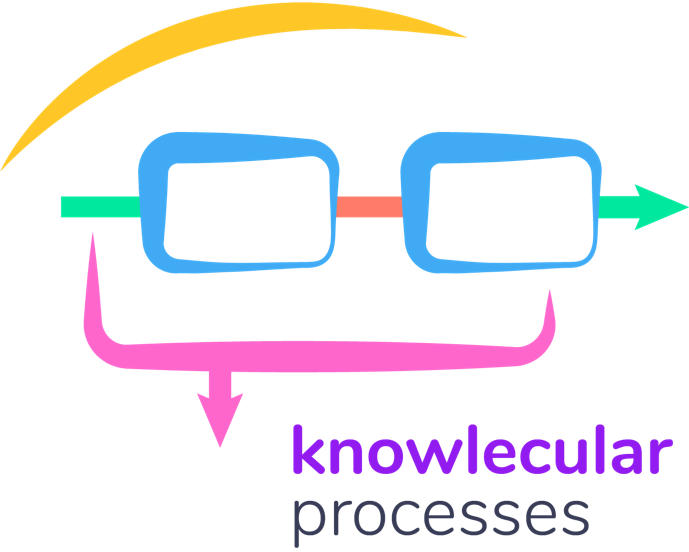8 mudas to avoid in innovation processes
People have long struggled to improve innovation. How do we innovate faster and better, time after time? Of course, we want to do it without cutting corners -- we still want to do great work -- and without just having everybody work weekends and nights super hard. In short, it requires a process, with inputs and outputs and operations that can be systemized and improved over time. We’ll have less wasted resources, or “muda’s”.
Taiichi Ohno, "father" of the Toyota Production System, decades ago stated 7 types of muda (waste of resources) in production systems. I see these same types of waste in innovation processes, which is a type of production. Here they are, along with my slight twist for innovation and ideas. #8 is a muda that my friend Dr. Jack Matson has talked about for years, and so I include it here.
1. Transport. Some employees practice CYA by cc’ing everyone on emails, or including too many people in the conversation, or checking too many times. If you need to check, check. But don’t do it just to CYA. This excessive transport of ideas is wasteful. Set an environment that doesn’t need CYA and the overhead waste it brings.
2. Inventory. Any work that is “half done” and put aside has been paid for, but is not earning revenue and is taking space in the brains of your people. Purge it or finish it.
3. Motion. Extra movement required for purchasing, for getting to meetings, for getting to work, wastes time. Simplify your steps. Make it easier for the people doing the real work, before you help the staff help.
4. Waiting. When goals aren’t aligned, if often happens that one person needs something to continue their work, but another hasn’t yet started on the item. Align your handoffs and goals to avoid waste.
5. Overproduction. People working on projects for too long that have no connection to customers leads back to inventory (or recycle) that we discussed above. Some “creative time” is necessary, but creating too many ideas without a pipeline for where they’ll go is a waste.
6. Over processing. Any work that goes far beyond the needs or wants of customers is waste. Avoid going far beyond.
7. Defects. Having a central location where it’s clear when work is scheduled or completed helps remove having to “check to see” whether someone has completed the work, or completed it right. Avoid requiring people to look for the defects.
8. Latent creativity or skill. Barriers that prevent new ideas from entering the process waste the creative genius of your people. Enable ways for creative new ideas to enter the process.

